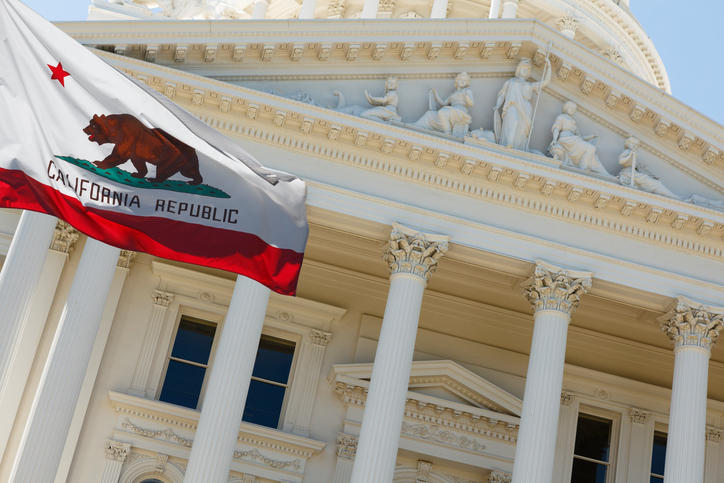Cali Countdown: State officials race the clock to set up a new and heavily regulated legal cannabis industry
Will California actually have a state-wide regulatory and taxation system in place for legal, recreational marijuana by the end of 2017?
That’s what state lawmakers planned for, after Proposition 64 was passed last November by California voters. Once it’s fully established, California is expected to have the largest cannabis economy in the U.S. with an estimated value of $7 billion. And the Los Angeles Times reports that state and local government could end up collecting $1 billion in taxes annually once the industry is fully underway.
But there’s a lot of disbelief in the Golden State, even among lawmakers and regulators, that those self-imposed deadlines will be met on time.
“We’re building the airplane while it’s being flown,” Democratic state Sen. Mike McGuire told the San Francisco Chronicle. “I believe some departments will be fully operational by January 2018 but, if we’re being honest, it’s going to be difficult to get everything done by then.”
McGuire’s district in northern California is part of the Emerald Triangle, home to some of the state’s most renowned marijuana growing regions; where cannabis has been cultivated for decades. And he’s concerned about how this regulatory race will end.
“Creating a safe and effective market for legal cannabis is more than just licensing businesses,” McGuire added. “This is one of California’s largest agricultural crops and it’s the only one that’s not regulated.”
In 1996, California became the first state to legalize medical marijuana. And since then much of the state’s cannabis industry has been operating in an unregulated, gray market or remained outside the law.
Over the decades, medical marijuana regulations in California came under a patchwork quilt of rules set up by local governments. But now the state is trying to beat the clock as it scrambles to establish widespread guidelines that would heavily regulate its legal cannabis industry.
California law will not only require the licensing of recreational marijuana stores but will also have to deal with many broader issues, such as how California’s massive recreational cannabis crop will be grown, tested, tracked, packaged and labeled.
“It’s taking so long to get the draft regulations out there,” Dale Gieringer, director of California NORML, said in an interview with LA Weekly. “It wouldn’t surprise me if they’re late. Furthermore, there’s every indication the Legislature will pass some more bills altering the regulatory system this year, which could require a midstream adjustment that would further push legal sales down the line.”
The governmental agencies that are building the cannabis regulatory framework in California admit they’ve fallen behind schedule. And according to the Los Angeles Times state officials acknowledge that, while they can begin processing license applications by January of next year, the government “may not be able to issue all of the tens of thousands of licenses expected to be applied for” by the deadline.
In the meantime, cannabis advocates are asking for the public’s patience and understanding.
“We’re coming out of an era of prohibition,” Tawnie Logan, a former marijuana grower and now executive director of the Sonoma County Growers Alliance, told a meeting of cannabis growers in January. “The more we can create this transition and identify the issues, the faster we can expedite this process. Government doesn’t work fast. But, man, they are working as hard as possible.”




